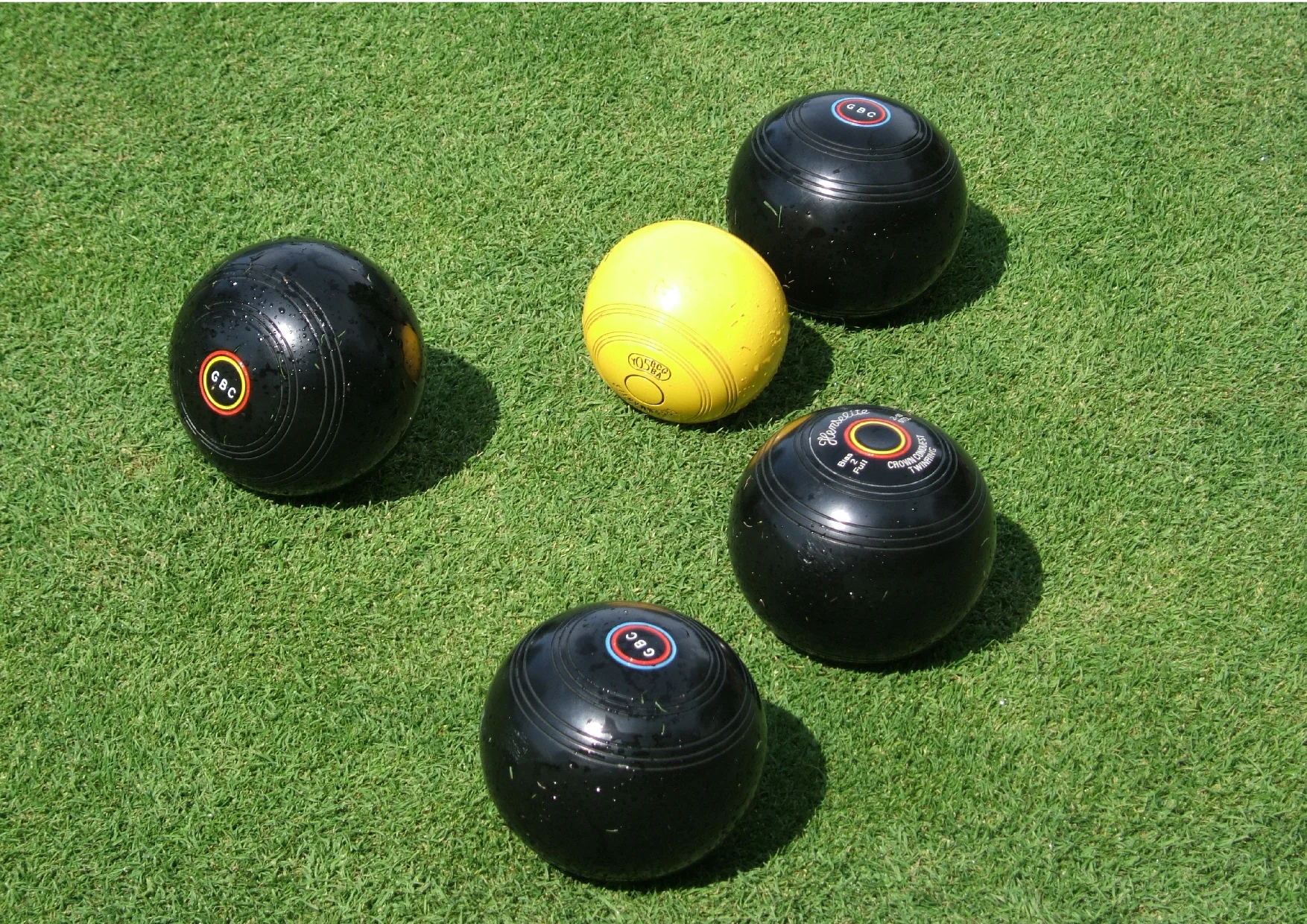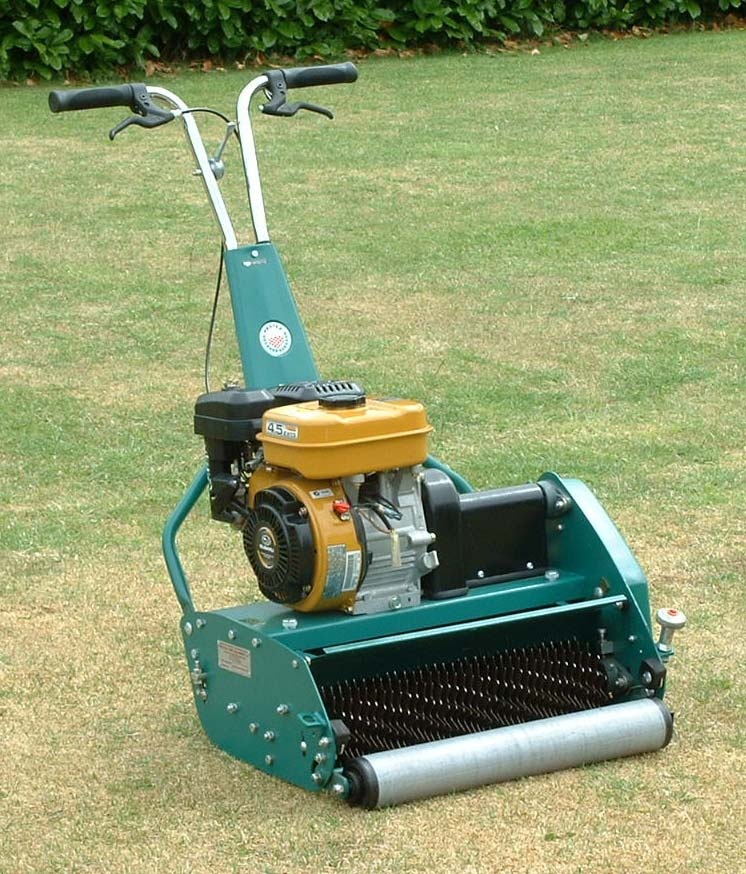Green Speeds
/A new bowling season will bring with it renewed cries from members that the Green is too slow. The usual complainers at your club will have a ready answer for speeding up the Green. That’s usually to lower the height of cut, which on the face of it seems to be a good solution. Initially, members will enjoy a faster surface which is often accompanied by the complainants ability to win a few more games and reinforce their standing as the Oracle on all things bowling.
Little do they know that they have started a downhill spiral from which it will take a lot of hard work to escape. Ask the Grass Seed suppliers at what height their fine turf mixtures should be cut and you will get a consistent answer of no lower than 5mm. There is a good reason for this. You see there have been many studies done by specialist turf institutions and universities around the world to see what happens when grass is continually mown below 5mm. Many of our Greens contain a large percentage of the weed grass that is Poa Annua and when it is given regular feeding it can produce an acceptable (but slow) surface on which to bowl or putt. However, annual meadowgrass presents a problem to the Greensman as it is the only grass which has adapted itself to be able to produce seed on your Green.
It’s also very shallow rooted and susceptible to many turf diseases. Turf managers dedicate their working lives to reducing the numbers of this grass in professional sports surfaces by various means such as scarifying, verti-cutting, over-seeding and even the use of specialist weedkillers. Annual meadowgrass, when placed under the pressure of very close cutting and lack of water, will do what any other plants would do which is to try and reproduce itself by seeding profusely over many months (March-September). You may have noticed in May or June that your Green takes on an almost silvery appearance. On close inspection you will see it is caused by the multitude of seed heads from the annual meadowgrass. Lowering the height of cut below 5mm will stress grasses and cause annual meadowgrass to seed excessively. Where major golf competitions take place they do lower the cut down to say 3.5mm but it’s only for a few days during the competition. Afterwards, the height will usually go up to 6mm to allow the grass to recover. On bowling Greens we find that many Greensmen don’t actually know what height they are cutting at. It’s quite easy with a mower setting bar to get the height set to what you want. Crown Greens present an added challenge as the various high spots and bevelled edges to many Greens will mean even if you've set your mower to the correct height it could still be scalping the high spots.
To summarise, close cutting for long periods leads to increased seeding of Poa Annua, scalping, Dry Patch, an increase in weeds, weed grasses, and mosses; all of which eventually leads to SLOWER GREENS.
So what is the answer? Well, try and maintain a height of cut during the playing season of between 5-6mm. During the close season continue to mow at a height of between 8-9mm to keep the sward tight and prevent mosses and weed grasses from getting a hold. Scarify during Spring and Autumn to remove as much thatch and creeping grasses as possible. During the playing season verti-cut every few weeks using a verti-cutting reel on a cassette mower or with a dedicated verti-cutting mower. This will remove large quantities of the seed heads from annual meadowgrass. Over sow with modern fine turf mixtures containing fescues/bents or new specialist dwarf rye grass varieties which are all deeper rooted, have year round good colour and are less susceptible to disease and better able to withstand stress conditions.
We see so many Greens in the Autumn which have suffered at the hands of bowlers saying “Get it cut lower”. If only they knew. So if you are tasked with the job of Greensman at your bowling club then I hope you will resist the cries from the uninformed. The moans will start just after they lose their first match!





